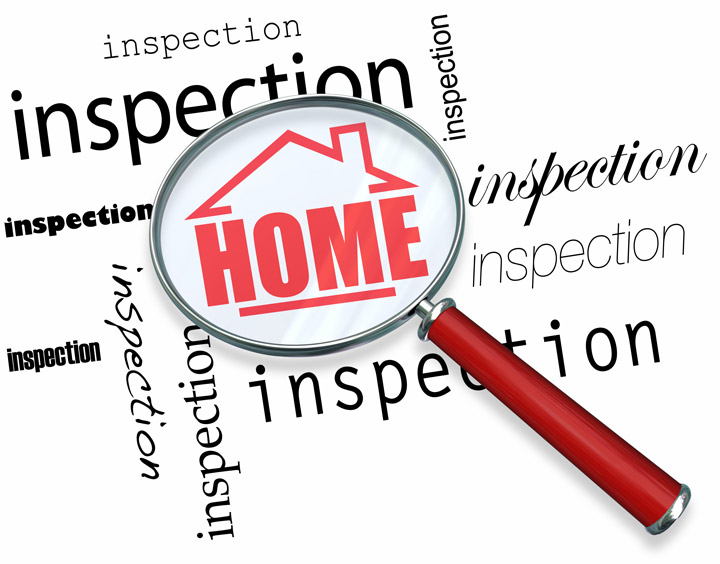
Understanding the Appraisal ProcessAcquiring real estate is the largest transaction some people may ever consider. Whether it's a main residence, a seasonal vacation home or a rental fixer upper, purchasing real property is an involved transaction that requires multiple people working in concert to make it all happen. You're probably familiar with the parties having a role in the transaction. The real estate agent is the most known person in the exchange. Next, the lender provides the money needed to bankroll the transaction. The title company ensures that all requirements of the transaction are completed and that the title is clear to transfer from the seller to the buyer. So, who makes sure the value of the property is consistent with the amount being paid? This is where the appraiser comes in. We provide an unbiased opinion of what a buyer might expect to pay — or a seller receive — for a parcel of real estate, where both buyer and seller are informed parties. A licensed, certified, professional appraiser from Nesbitt Appraisal will ensure, you as an interested party, are informed. Inspecting the subject propertyTo ascertain an accurate status of the property, it's our responsibility to first complete a thorough inspection. We must physically see aspects of the property, such as the number of bedrooms and bathrooms, the location, amenities, etc., to ensure they truly exist and are in the condition a reasonable person would expect them to be. To make sure the stated square footage is accurate and document the layout of the home, the inspection often entails creating a sketch of the floorplan. Most importantly, the appraiser looks for any obvious amenities - or defects - that would have an impact on the value of the house. Once the site has been inspected, an appraiser uses two or three approaches to determining the value of real property: a sales comparison, a replacement cost calculation, and an income approach when rental properties are prevalent. 
Cost ApproachHere, the appraiser pulls information on local building costs, the cost of labor and other elements to calculate how much it would cost to replace the property being appraised. This figure often sets the upper limit on what a property would sell for. The cost approach is also the least used predictor of value. 
Paired Sales AnalysisAppraisers can tell you a lot about the neighborhoods in which they appraise. They thoroughly understand the value of particular features to the homeowners of that area. Then, the appraiser researches recent sales in the area and finds properties which are 'comparable' to the subject in question. By assigning a dollar value to certain items such as square footage, additional bathrooms, hardwood floors, fireplaces or view lots (just to name a few), we add or subtract from each comparable's sales price so that they are more accurately in line with the features of subject.
A true estimate of what the subject could sell for can only be determined once all differences between the comps and the subject have been evaluated. When it comes to putting a value on features of homes in Norcross and Gwinnett, Nesbitt Appraisal can't be beat. This approach to value is most often given the most importance when an appraisal is for a home purchase. Valuation Using the Income ApproachA third way of valuing approach to value is sometimes applied when an area has a measurable number of renter occupied properties. In this situation, the amount of income the property produces is factored in with income produced by comparable properties to give an indicator of the current value. Coming Up With The Final ValueCombining information from all applicable approaches, the appraiser is then ready to stipulate an estimated market value for the property in question. The estimate of value at the bottom of the appraisal report is not always what's being paid for the property even though it is likely the best indication of what a property is worth. It's not uncommon for prices to be driven up or down by extenuating circumstances like the motivation or urgency of a seller or 'bidding wars'. Regardless, the appraised value is typically used as a guideline for lenders who don't want to loan a buyer more money than they could recover in the event they had to put the property on the market again. The bottom line is, an appraiser from Nesbitt Appraisal will help you discover the most accurate property value, so you can make profitable real estate decisions. |